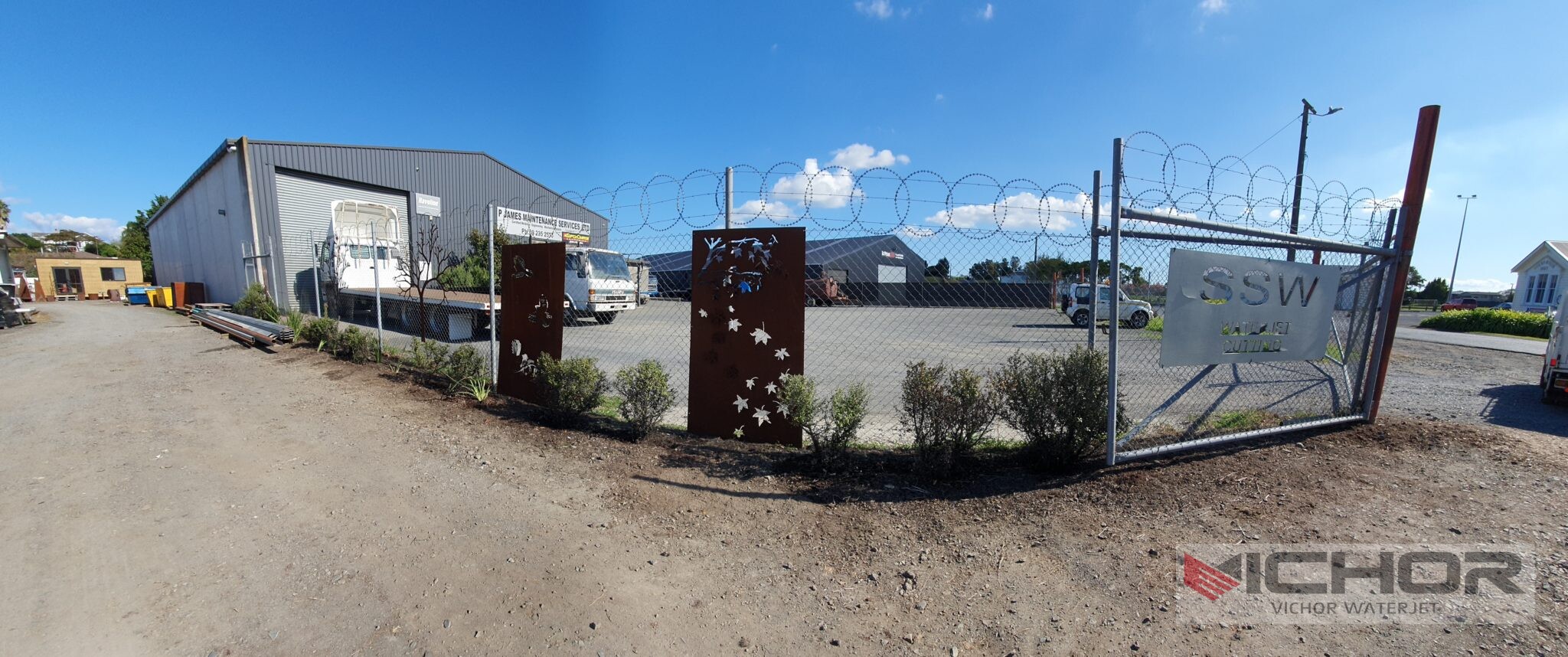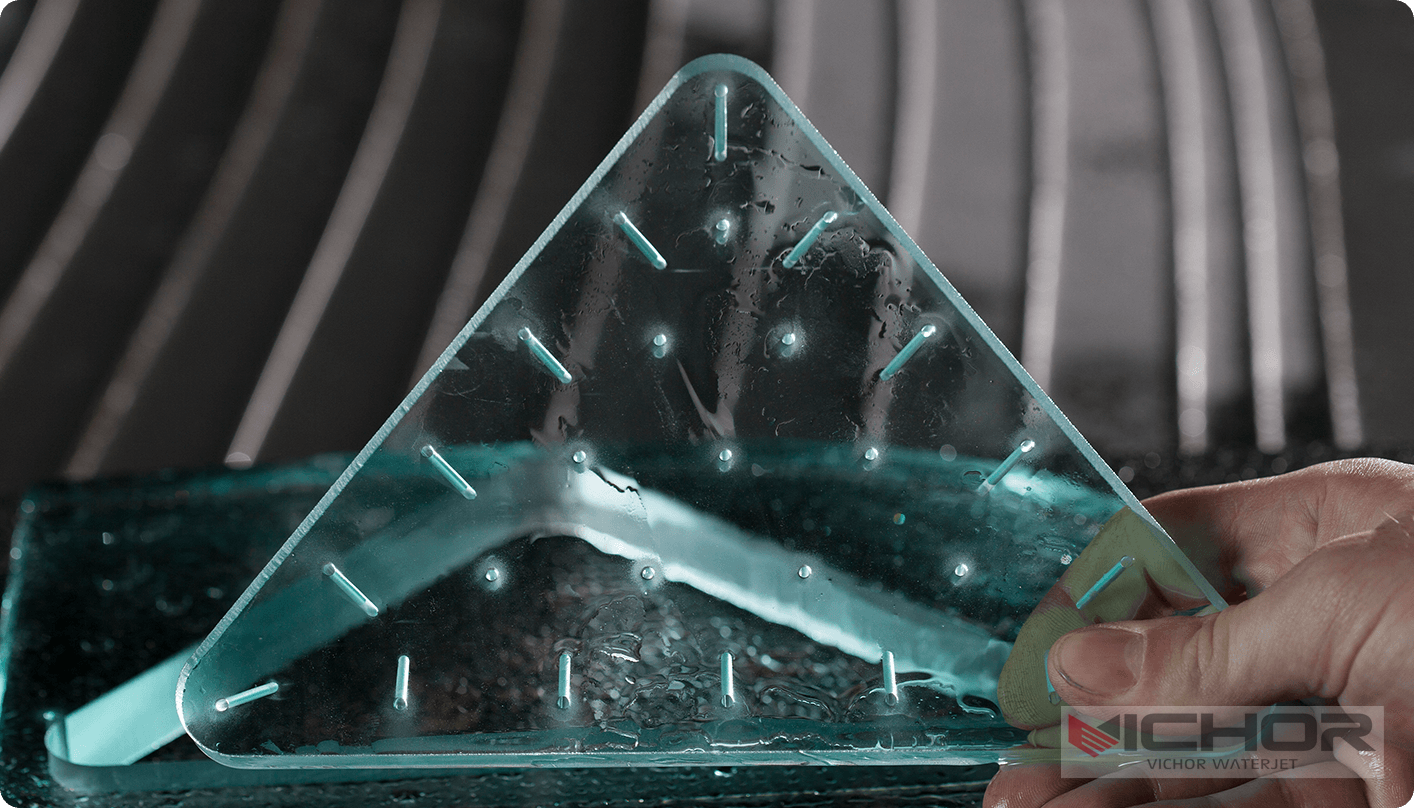
5 Game-Changing Advantages of a Compact Water Jet Cutter for Modern Workshops
In the dynamic world of manufacturing, fabrication, and design, space is at a premium and efficiency is king. The demand for versatile, precise, and powerful cutting technology has never been higher, yet not every operation has the square footage for massive industrial machinery. This is where the innovation of the compact water jet cutter comes into play, revolutionizing access to waterjet technology for smaller businesses, R&D departments, and specialized workshops. But what exactly sets these space-saving powerhouses apart? This comprehensive guide will explore the five game-changing advantages of integrating a compact water jet cutter into your workflow, detail its core functionalities, and answer the most pressing questions potential buyers have.
What is a Compact Water Jet Cutter? Defining the Technology
A compact water jet cutter is a fully functional waterjet system engineered with a significantly reduced physical footprint and often simplified operation, without sacrificing the core principles that make waterjet cutting so effective. It encapsulates the same core components as its larger counterparts—a high-pressure pump, a cutting head, and a motion control system—but integrates them into a single, cohesive, and space-efficient unit.
The process remains identical: a pump intensifies water to extreme pressures (typically between 40,000 and 60,000 PSI for these models). This hyper-pressurized water is then forced through a tiny gem orifice (usually sapphire) to create a supersonic stream. For cutting metals, stone, ceramics, and composites, a hard abrasive garnet is introduced into the stream within a mixing chamber. This abrasive-laden jet erodes the material with pinpoint accuracy, following a path dictated by onboard computer numerical control (CNC) software. The defining characteristic of a compact water jet cutter is its all-in-one design, which often includes a smaller integrated cutting table, making it ideal for environments where maximizing floor space is critical.
The Top 5 Advantages of Investing in a Compact Water Jet Cutter
The decision to choose a compact model over a traditional system is driven by a host of compelling benefits tailored to the modern, agile operation.
Space Efficiency and Workshop Integration: The most obvious advantage is the dramatically reduced footprint. These machines are designed to fit into spaces where a large-scale system simply wouldn’t, such as small machine shops, university labs, prototyping studios, or even within a larger factory for dedicated small-batch tasks. This allows businesses to bring waterjet capability in-house without requiring a facility expansion.
Lower Total Cost of Ownership: A compact water jet cutter presents a lower barrier to entry. The initial capital investment is generally lower than for a full-sized industrial system. Furthermore, operating costs can be more manageable due to lower abrasive consumption (on smaller parts), reduced power requirements from smaller pumps, and decreased overhead costs associated with occupying less space.
Ease of Use and Rapid Deployment: Manufacturers of compact models prioritize user-friendly interfaces. They often feature intuitive software with simplified controls, touchscreen operation, and pre-set cutting parameters for common materials. This reduces the learning curve for new operators and allows businesses to get the machine up and running and producing valuable parts much faster than with complex industrial systems.
Ideal for Prototyping, R&D, and Small Batch Production: These cutters excel in environments where flexibility and quick turnaround are key. Engineers and designers can rapidly iterate prototypes from various materials without heat distortion. They are perfect for producing custom parts, specialized tools, intricate art pieces, and short production runs with professional, burr-free results that require minimal post-processing.
Uncompromised Versatility and Precision: Despite their smaller size, a high-quality compact water jet cutter does not compromise on the fundamental benefits of waterjet technology. It maintains the ability to cut virtually any material—from titanium and tool steel to glass, granite, and composites—all on the same machine. The cold-cutting process ensures no Heat-Affected Zone (HAZ), and the precision of CNC guidance allows for incredibly intricate and accurate cuts with tight tolerances.
Who Should Consider a Compact Water Jet Cutter? Target Applications
This technology is not a one-size-fits-all solution, but it is perfect for a clearly defined set of users and applications:
Job Shops and Fabricators: Small to medium-sized shops that need to offer waterjet cutting as a service or for in-house part production without a massive investment.
Research & Development Laboratories: Universities and corporate R&D departments that work with a wide array of advanced materials for prototyping and testing
.
Aerospace and Automotive Subcontractors: For producing precise, complex components from exotic alloys and composites in smaller quantities.
Artists and Architectural Designers: Studios creating intricate metal sculptures, custom stone inlays, and detailed decorative pieces.
Maintenance, Repair, and Operations (MRO) Facilities: For creating custom gaskets, seals, insulation parts, and one-off replacement components on-demand.
Key Factors to Evaluate When Selecting a Compact Model
Choosing the right compact water jet cutter requires careful consideration of your specific needs:
Table Size and Work Envelope: Determine the maximum part size you need to produce. Compact tables vary, so ensure the X, Y, and Z travel can accommodate your typical workpieces.
Pump Performance: Assess the pump’s pressure capability (e.g., 40k vs. 60k PSI) and its type (intensifier vs. direct-drive). Direct-drive pumps can be more common in compact systems due to their smaller size and continuous duty cycle for certain pressure ranges.
Software and Control System: The ease of use and capability of the CNC software are critical. Look for features like easy file import (DXF, DWG), visual pathing, and the ability to compensate for natural taper.
Material Handling and Support: Consider how you will load and secure material. Some models offer water-filled tanks, slat-style tables, or simple cutting surfaces. The ease of maintenance for the tank or catch basin is also a factor.
Service and Support: Even with a simpler design, maintenance is required. Investigate the manufacturer’s reputation for customer support, availability of spare parts (orifices, mixing tubes), and the clarity of their maintenance documentation.
Frequently Asked Questions About Compact Water Jet Cutters
Q1: How does the cutting speed of a compact model compare to an industrial one?
A: While a compact compact water jet cutter is incredibly capable, its cutting speed on very thick, hard materials may be slower than a high-horsepower industrial system operating at 90,000+ PSI. However, for the material thicknesses and volumes it’s designed for (typically under 2-3 inches), the speed is more than adequate and highly efficient.
Q2: Is it truly “plug-and-play,” or does it require special installation?
A: While vastly simpler than installing a large system, most compact waterjets still require a standard electrical outlet (often 220V single-phase), a water supply (like a garden hose connection), and a drain or method for managing wastewater. They generally do not require the dedicated three-phase power or complex plumbing that industrial systems might.
Q3: What are the primary ongoing operational costs?
A: The main consumables are the abrasive garnet (for abrasive cutting), the orifice (usually sapphire), and the mixing tube. Pure water cutting for soft materials has negligible consumable costs. Electricity and water usage are also factors, but these are typically modest.
Q4: Can a compact water jet cut thick metal?
A: Yes, a compact water jet cutter is fully capable of cutting thick metal. The achievable thickness depends on the pump’s pressure and the material’s hardness. A 60,000 PSI machine can effectively cut several inches thick into stainless steel, though at reduced speeds compared to thinner materials.
Q5: How does the accuracy and edge quality compare?
A: The accuracy is excellent and on par with larger systems, often holding tolerances within ±0.005 inches. The edge quality is a smooth, dull finish characteristic of waterjet cutting. For applications requiring a perfectly square edge, advanced software options can implement taper compensation, even on compact models.
The Future of Fabrication is Accessible and Compact
The compact water jet cutter is more than just a smaller machine; it is a democratizing force in precision manufacturing. It breaks down the traditional barriers of cost, space, and complexity, putting the unparalleled versatility of waterjet technology within reach of innovators and businesses of all sizes. By offering a powerful, precise, and surprisingly affordable entry point, these machines are empowering a new wave of creativity and production efficiency. For any operation looking to enhance its capabilities, streamline prototyping, and tackle a diverse range of materials with professional results, investing in a compact water jet cutter is a strategic step toward a more agile and competitive future.
continue reading
Related Posts
- 1461 words7.4 min read



